Different Networking Devices and Hardware Types Explained
May 30, 2022
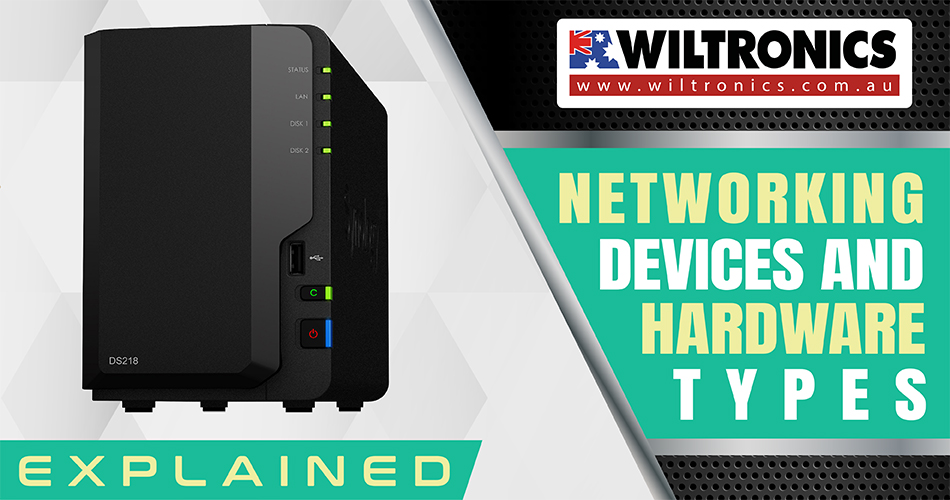
Networking devices have different roles to play in a computer network.
To build a strong computer network, you need to understand the devices that comprise it. Tech enthusiasts call these components ‘network devices’, also known as ‘networking devices’.
If you have a robust internet setup, this may be something you are already familiar with. Nevertheless, it won’t hurt to recall the basics and learn what networking devices are.
The more you know about this hardware, the better – and you are about to find out why. Read ahead!
Networking Devices Explained
Networking devices are used for communication between hardware on a computer network. In a computer network, they are mainly used for transmitting and receiving data.
They link computers, printers, faxes and other devices to the network. They may be on an intranetwork or internetwork.
Each device plays an important role in the networks functionality. Moreover, they work for different purposes in various segments.
A networking device is also called network hardware.
Types of Networking Devices
There are different types of network devices used in a computer network, and these include:
- Network Hub
- Network Switch
- Modem
- Network Router
- Bridge
- Repeater
- Gateway
- Access Point
1. Network Hub
Network hubs connect multiple computer networking devices or network hosts together. A hub amplifies signals that deteriorate after travelling long-distance over connecting cables.
Further, it connects LAN components with identical protocols. Ideal for data transferring; the data is sent via packets on a computer network.
But due to its working mechanism, a network hub is not secure and safe. Copying the data packets on interfaces makes it slower and more congested.
This led to the use of a network switch.
2. Network Switch
Like the hub, a network switch also works for a LAN but even better! It is a multiport device that helps improve network efficiency.
The switch maintains limited routing information about nodes in the internal network. It allows connections to systems like hubs or routers.
Generally, switches can read the hardware addresses of incoming packets. Then, they will transmit the packets to the appropriate destination.
Even better, they can also improve network security. For one, virtual circuits are more difficult to examine with network monitors.
You can think of a network switch as a device that has the best capabilities of hubs and routers combined.
3. Modem
Modems are used to send digital signals over analogue telephone lines. Standing for modulator + demodulator; they ‘modulate’ and ‘demodulate’ the signal between the two.
The modem converts digital signals into analogue signals of different frequencies. Then, transmitted to a modem at the receiving location.
The receiving modem performs the reverse transformation. At the same time, it provides a digital output to a device connected to a modem, usually a computer.
The digital data is transferred to or from the modem over a serial line through an RS-232.
4. Network Router
The network router handles routing traffic from one network to another. It helps transmit packets by charting a path through interconnected networking devices. Plus, using different network topologies.
Routers are general-purpose devices that interconnect two or more heterogeneous networks. They are dedicated to special-purpose computers with separate input and output network interfaces.
They are intelligent components storing information about the networks they are connected to. Routers establish communication by maintaining tables about destinations and local connections.
You can think of a router as a highway patrol who diverts network traffic in various directions.
5. Bridge
As the name suggests, a bridge is used to connect two or more hosts or network segments together. Its basic role in network architecture is storing and forwarding frames.
This is between the different segments that the bridge connects. If a router connects two types of different networks, the bridge connects two subnetworks as a part of the same network.
Bridges use hardware Media Access Control (MAC) addresses for transferring frames. By looking at the MAC address from the connected devices, they can forward the data or block it from crossing.
Bridges can also be used to connect two physical LANs into a larger logical LAN. Like network hubs, they can be either simple or multiple ports.
6. Repeater
A repeater amplifies the signal it receives. A device that receives a signal and retransmits it at a higher level or higher power.
This way, the signal can cover longer distances (over 100 metres), than standard LAN cables. Repeaters also work on the Physical layer.
7. Gateway
A gateway performs at the session & transport layers in the OSI model. It offers conversion between networking technologies like OSI (Open System Interconnection) & TCP/IP.
Because of this, gateways connect two or more autonomous networks. With its own routing algorithms, protocols, and topology, including:
- Domain name service
- Network administration procedures and policies
Moreover, gateways perform all the functions of routers. In fact, a router with added translation functionality is a gateway. The translation between different network technologies is called a protocol converter.
8. Access Point
An Access Point (AP) involves either a wired or wireless connection, but it is usually a wireless device. It works at the second OSI layer, a.k.a. the Data Link layer.
Plus, it can operate as a bridge connecting a standard wired network to wireless devices. Or as a router passing data transmissions from one access point to another.
In general, an AP is a separate network device with a built-in antenna, transmitter and adapter. It uses the wireless infrastructure network mode to provide a connection point between WLANs and a wired Ethernet LAN.
APs can also provide ports to increase the network’s size, firewall capabilities and DHCP service. DHCP stands for Dynamic Host Configuration Protocol.
Get Your Networking Devices Here!
Wiltronics offers a diverse range of high-quality Networking devices. Check out our comprehensive list to cover all your needs!
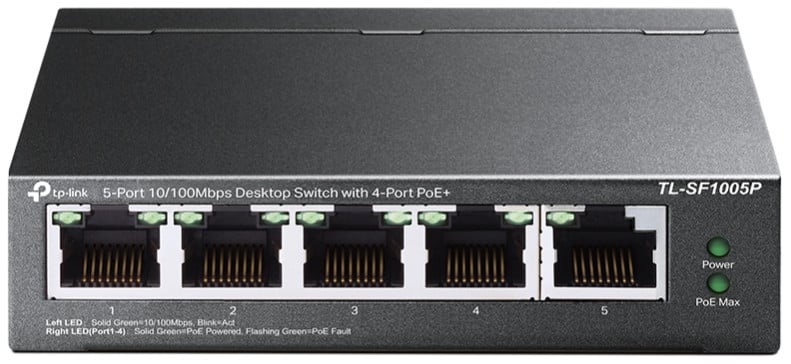
1. Desktop Switches
We provide a range of desktop switches that support Green Ethernet technology. This helps you save energy and money.
Further, these units deliver exceptional network performance and flexibility. They provide plug-and-play functionality and dependability for your home/office network, to boot.
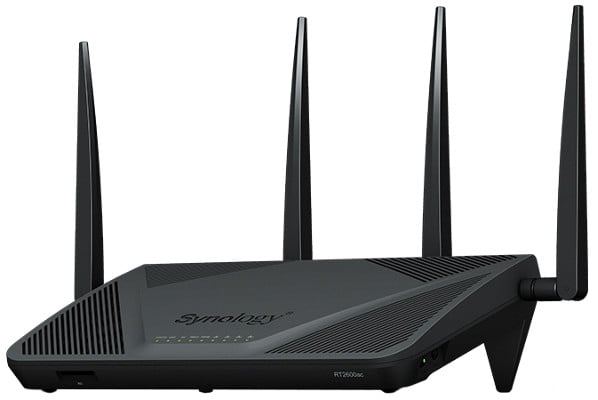
2. Routers
We offer a wide selection of dual-band, tri-band, and gigabit routers from reputable manufacturers such as:
- Synology
- Ubiquiti
These routers provide fast and stable internet connectivity at an affordable price.
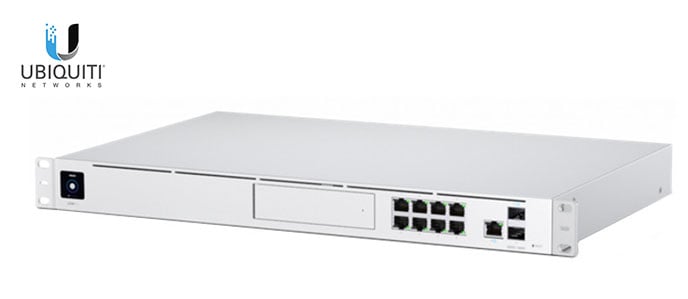
3. Network Protection and Backup Power
Looking for reliable devices that can keep your internet connectivity during power outages? Invest in one of our network protection and backup power units!
They also protect supported devices from sudden power supply module failure. Check out our comprehensive list from the provided link to see what suits your needs.
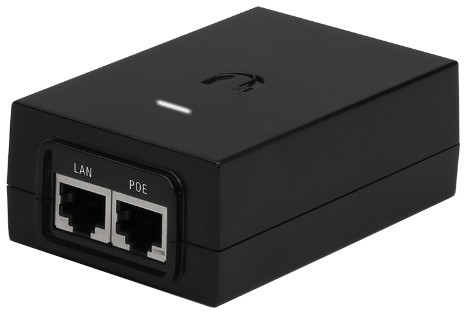
4. Power Over Ethernet (PoE)
Power over Ethernet (PoE) is a networking technology that allows network cables to transport electrical power. PoE eliminates the need for electrical wiring.
It helps you save money on materials and installation time. Further, PoE is flexible, particularly for remote applications.
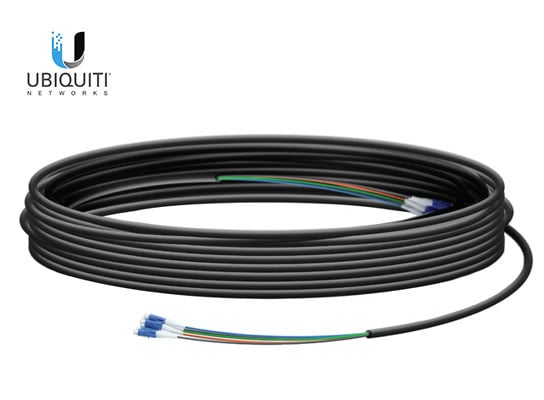
5. Internet Cables and Connectors
Network cables transport data signals between computers in a network and the Internet via network switches and routers. We have a wide selection of Internet Cables and Connectors in UTP and S/FTP shielded versions.
We also offer a range of LAN cables, internet cables, and PDS patch cables to RJ45 network connectors.
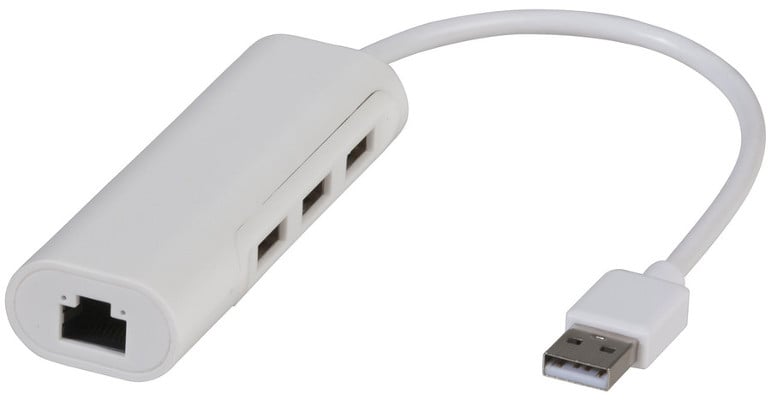
6. Internet Adapters and Converters
Any home/office network needs to have the proper internet adapters and port converters. Thus, enabling communication with different formats and connections.
Here, we provide a selection of Internet Adapters and Converters. These units enable seamless integration into all types of networks.
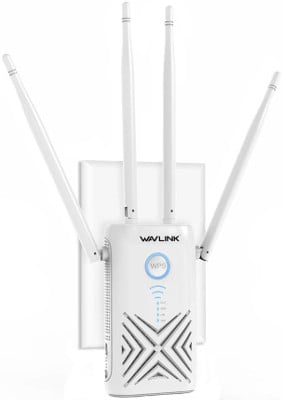
7. Internet Extenders
We have a wide selection of Internet Extenders to extend the coverage area of your WiFi network, such as:
- WiFi Range Extender
- Powerline Extender
- Ethernet Over Powerline
- Passthrough Powerline
These devices can reach far corners of your home or workplace. From covering different floors to even further extending coverage to your yard.
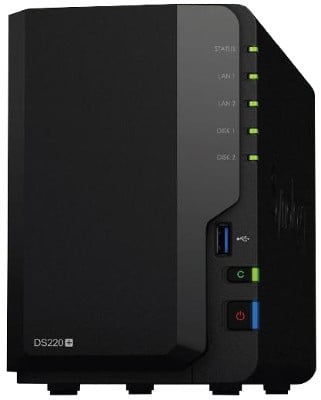
8. Network Attached Storage (NAS)
These Network Attached Storage devices connect to and are accessed via a network. They have a CPU and an operating system that enable them to run applications.
Plus, NAS provides the intelligence needed for files to be shared easily by authorised users. Its versatility also allows various individuals, computers, and mobile devices to access it.
The Bottom Line
Now, we have seen the different types of networking devices. Having a better understanding of them is an advantage.
You can design and build a secure network that is good for you and your company. Nonetheless, ensure to monitor your network device and behaviour around them carefully.
That way, continued safety and the reliability of your network are guaranteed. Moreover, to identify hardware and configuration problems and attacks faster.
© Electrotech Brands Pty Ltd 2022


Write a Comment
You must be logged in to post a comment.